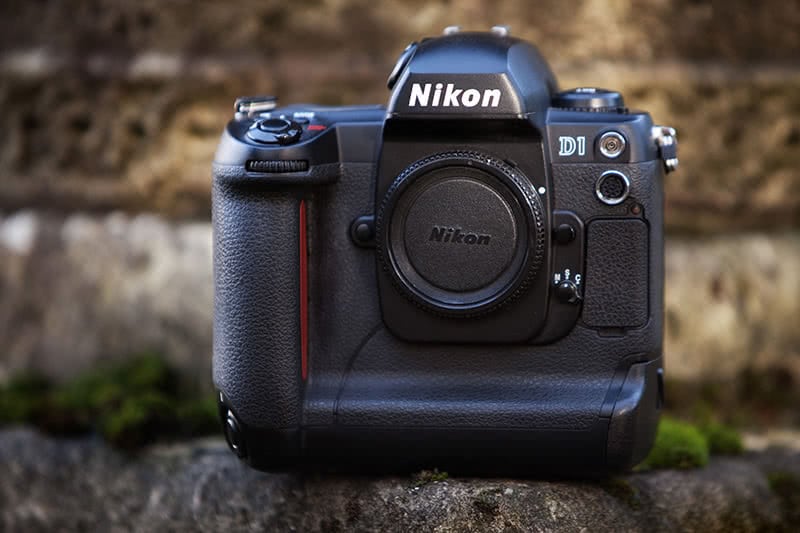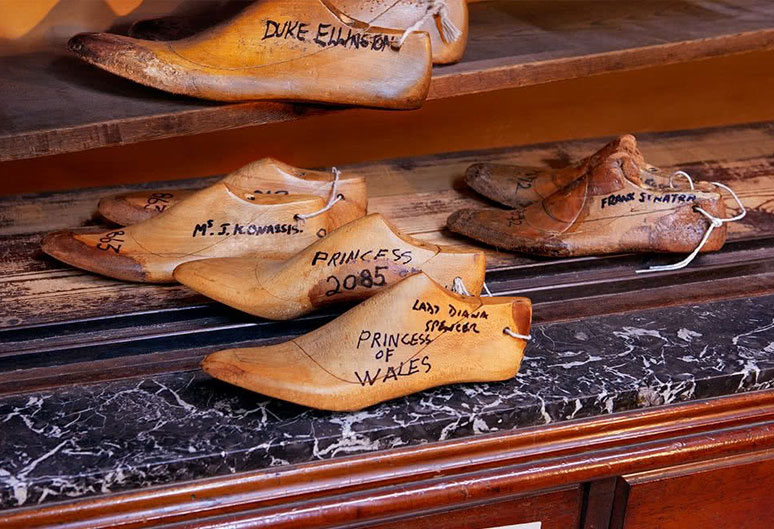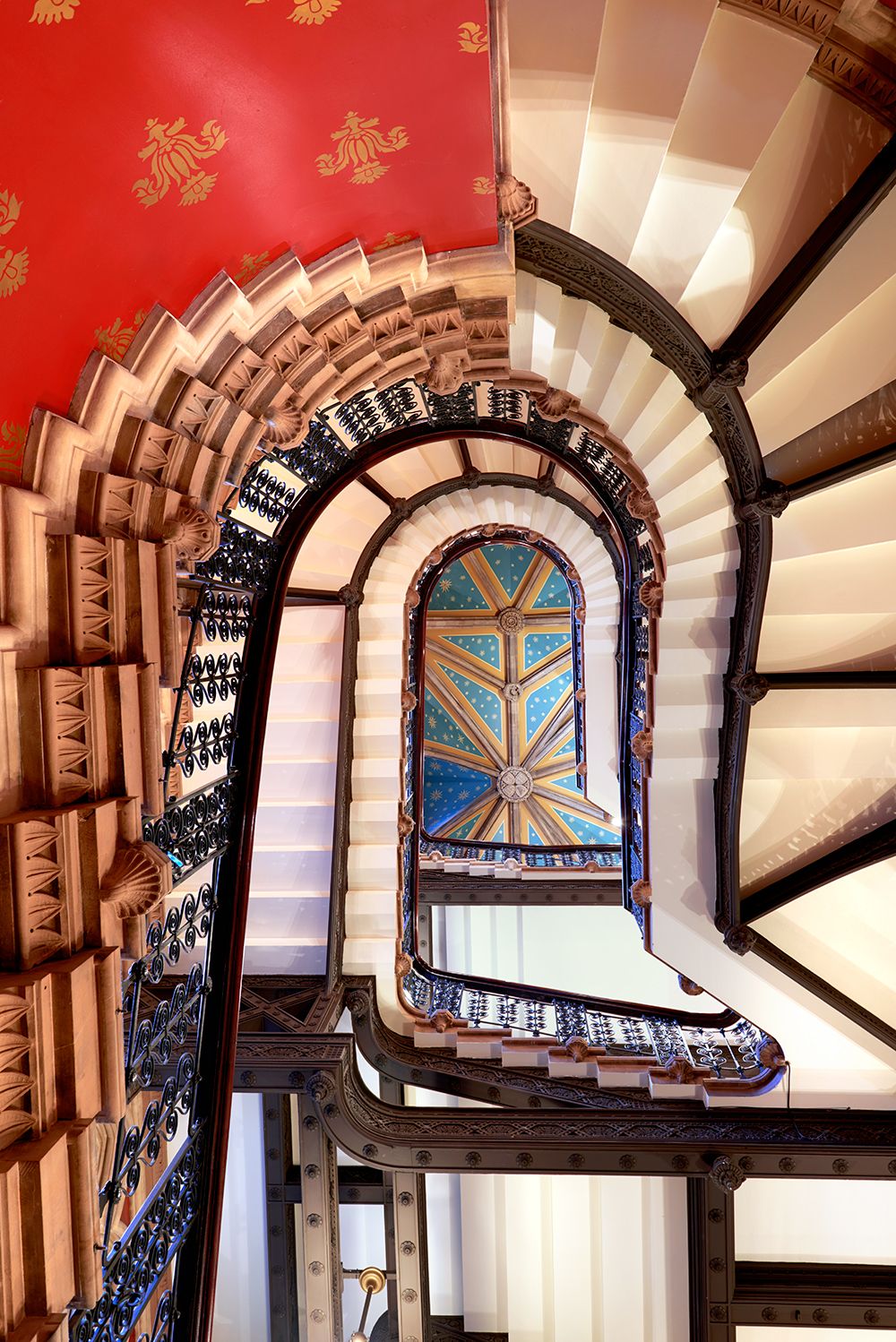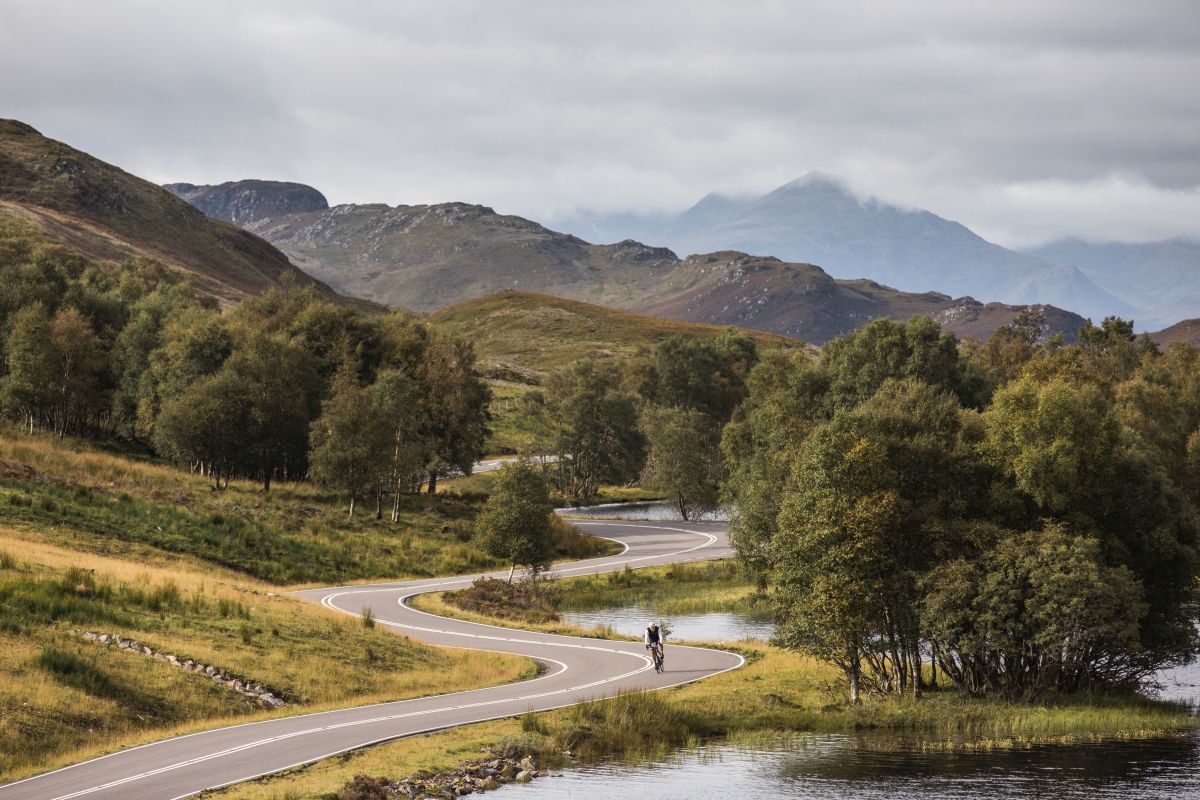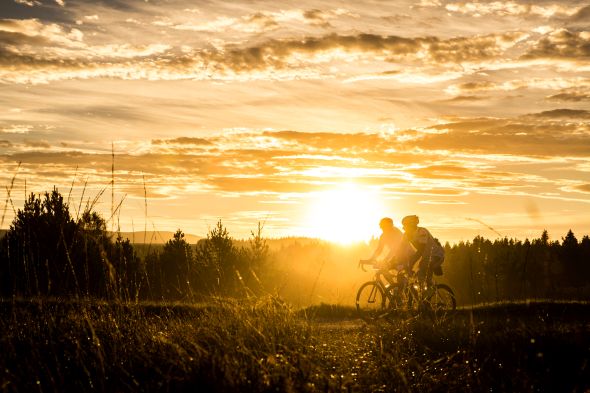In the latest of our team blogs, we catch up with Senior Salesman, Mike McNamara

Mike has worked on Fixation’s sales desk for thirteen years and is therefore a well-known face among regular customers. But his career in photography started decades earlier and he claims to have spent most of his life with a camera in hand.
For our latest team blog we caught Mike for a quick break and chat to find out more about what he does…
Knowing the business
‘It’s important to have good knowledge of everything we sell – the expertise lies in the experience as much as training. To use an example, I worked for Leeds Photovisual at the inception of digital and I think we could claim to be one of the first to start putting laptops in the hands of Picture Desks. That’s going back a bit, possibly as far as 1984, I think.
‘These days you have to cover all the bases to sell successfully. My former studio life means I’ve also handled large format cameras – 5 x 4 cameras and the like. It certainly helps to have knowledge across the entire industry – that way you can understand needs and are better able to compare and advise.
‘Most of our professionals are also enthusiasts. You’d have to be, otherwise the job would be near impossible, keeping your sanity certainly would be. It’s great to witness that enthusiasm and even better to help nurture it. If some of the long-timers happen to come in at the same time, you’ll often see them in the car park arguing about the latest cameras, taking pictures of the signage to make their points.’
Favourite Fixation moments
‘The sales depot we set-up at the 2012 Olympics was something we did very well – it helped that so many photographers already knew us. It was also great fun – wandering down a corridor behind Usain Bolt as he goes for his interview is quite something.
‘One of the best things about working in the industry is that many photographers are characters themselves. We’ll often get to go to an award ceremony and it’s the sort of thing you can go out to and not come back… at least for a while. Photographers like to take talking and imbibing to a professional level. After a recent awards show I ended up in Harrow. Suffice it to say, I don’t live in Harrow…
His own photography
‘For years I was a studio photographer and worked for several big advertising agencies in the early to mid seventies.
‘I had a claim to fame at the time: I was popular as an assistant and thought this was because I was good with all the various formats photographers were using. Disappointingly, I later discovered it was actually mainly because I was one of the very few assistants in town who had his own credit card. Basically, whenever the American photographers came in they’d want to buy a pack of Kodachrome and couldn’t understand why no retailers here would accept a cheque for over £50. So they needed an assistant with a credit card who could turn up with a couple of packs of Kodachrome and some 5×4. That man was me.
‘These days I mostly take photos of my teenage kids. I haven’t used a large format camera for a while, but the new wave of mirrorless cameras has engendered a new enthusiasm for me. It seems that as I am getting older my camera of choice is getting smaller. One wonders how much smaller they can get!’
Contact: sales@www.fixationuk.com; 020 7582 3294 (option 3)

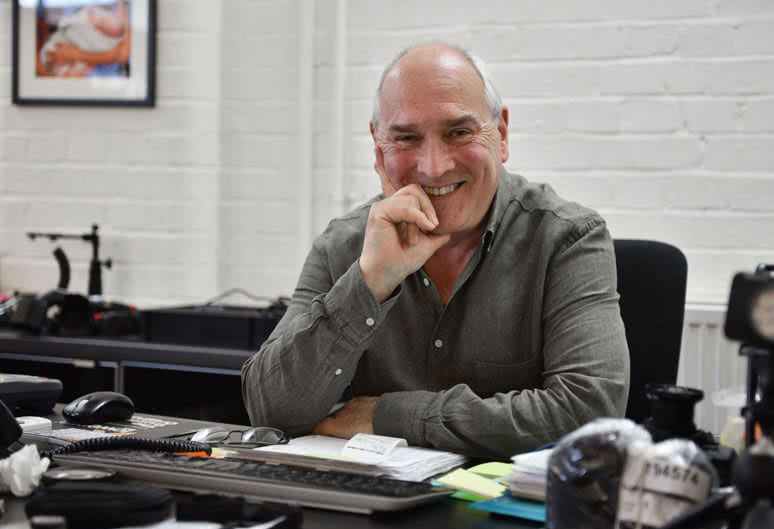
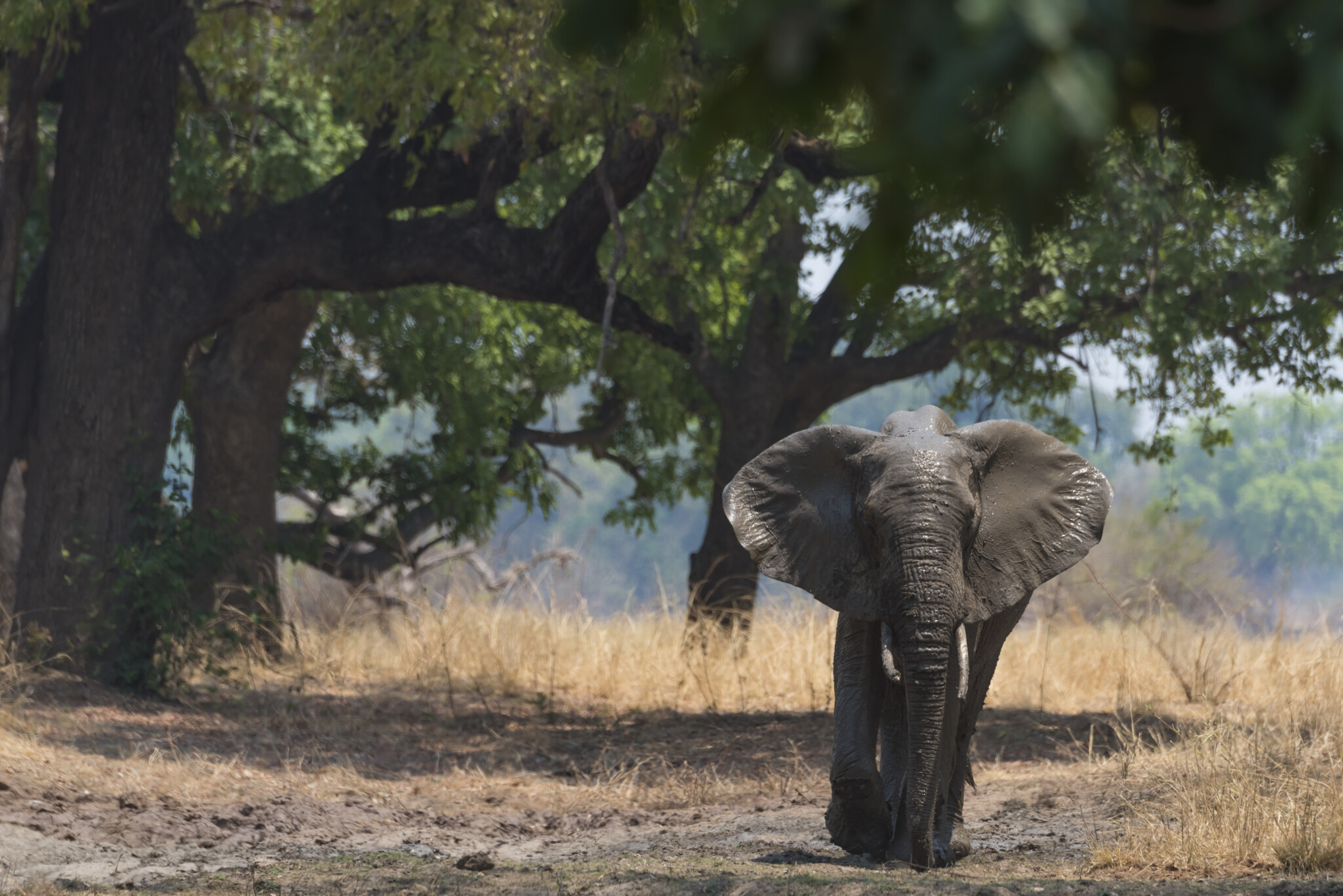





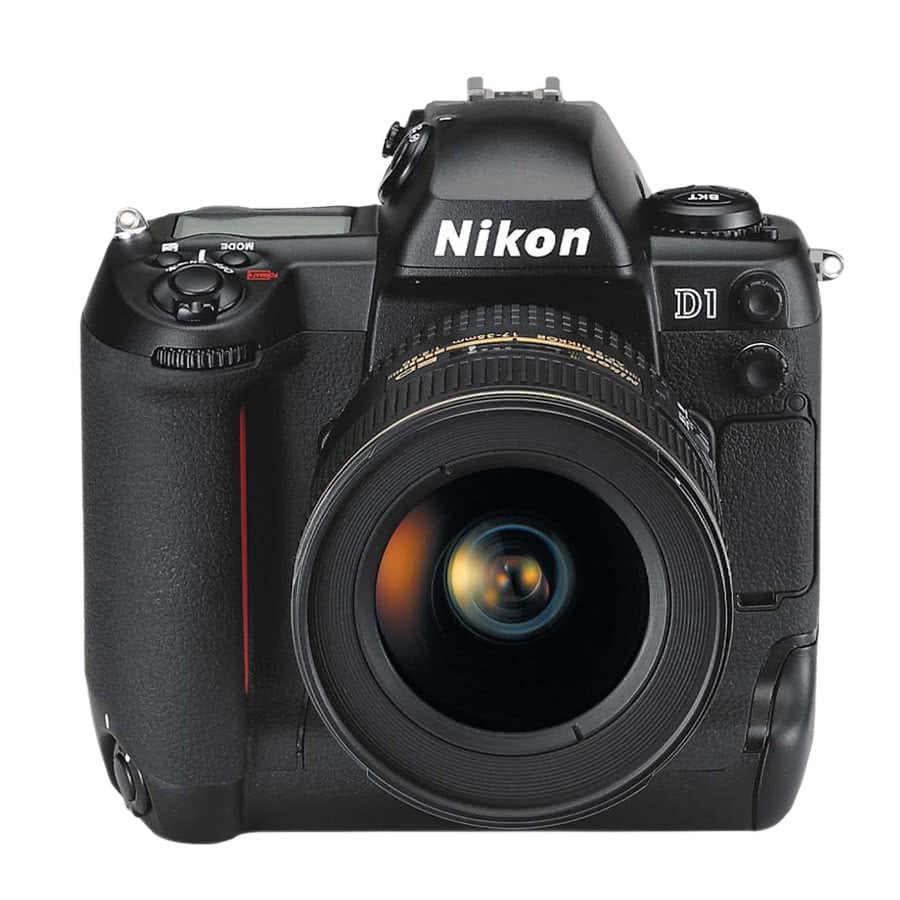
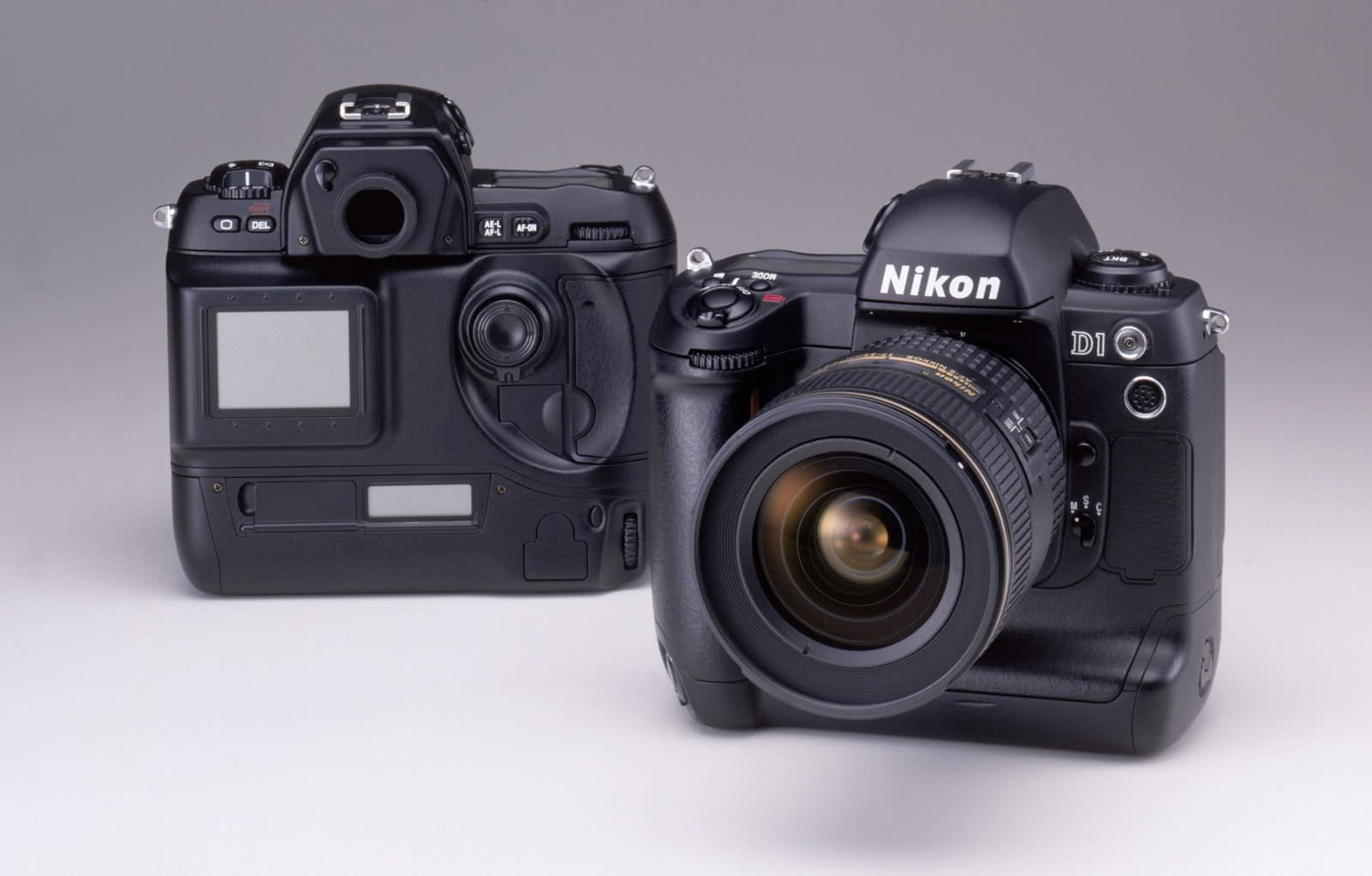
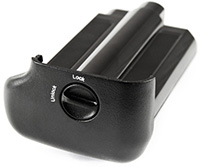 It wasn’t perfect. The Nikon D1’s major malfunction was its battery usage. The Ni-Mh batteries required to power it were not only enormous, they didn’t last very long and quickly lost their capacity to take a full charge. More cripplingly though, once the batteries got low, the camera would continue to shoot but its image processing centre would shut down, meaning it would record only blank frames! Successors to the D1 would fix this, but it was a significant flaw that could have severe consequences for the unaware.
It wasn’t perfect. The Nikon D1’s major malfunction was its battery usage. The Ni-Mh batteries required to power it were not only enormous, they didn’t last very long and quickly lost their capacity to take a full charge. More cripplingly though, once the batteries got low, the camera would continue to shoot but its image processing centre would shut down, meaning it would record only blank frames! Successors to the D1 would fix this, but it was a significant flaw that could have severe consequences for the unaware.